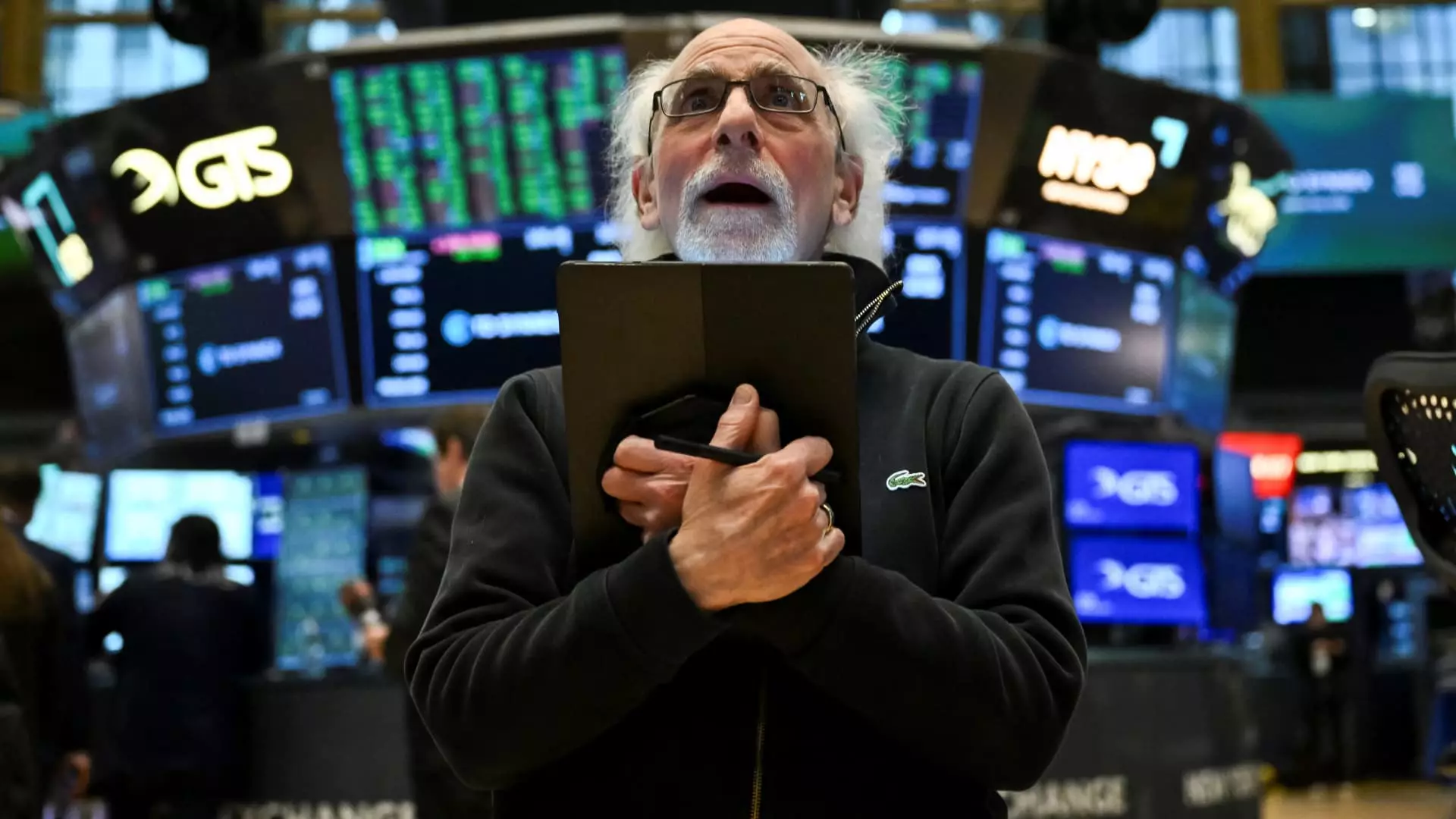In an unpredictable financial landscape, hedge fund short sellers are discovering the hard way that the market is not as predictable as they once believed. Recent events have illustrated this precarious nature dramatically, especially following a day of extraordinary market volatility when hedge funds scrambled to cover their short positions. This panicked rush, spurred on by a surge in stock prices amid unexpected news concerning tariffs, serves as a glaring indicator of how rapidly the tides can turn in the world of investment. The giddy highs and the devastating lows are not just footnotes in market history; they are critical lessons on the dangers of over-leverage and the fragile equilibrium of market sentiment.
The Short Squeeze Phenomenon
The term “short squeeze” has been tossed around widely in trading circles, but it has never been more applicable than in the recent whirlwind experienced by hedge funds. As stocks soared on news of a pause in tariff implementations, hedge funds found themselves in a vise grip, needing to buy back borrowed shares at an escalating price. With the S&P 500 achieving some of its most substantial gains in close to a century, we must critically analyze the mechanics at play. This episode embodies the classic struggle of short selling, where gains can swiftly morph into devastating losses, exposing the inherent risks associated with betting against a market.
The Role of Market Sentiment
It’s essential to consider that beneath the statistics and graphs lies the fluctuating heartbeat of market sentiment. As financial analysts point out, extreme market reactions are often the byproduct of collective psychological trends rather than simple arithmetic of numbers. When hedge funds engage in short selling, they are essentially placing a bet against future optimism. The recent short-selling trend prior to the stock surge was almost double the figures recorded at the onset of the COVID-19 pandemic—an indication that sentiment was heavily weighted towards pessimism, and perhaps irrationally so.
The Paradox of Overconfidence
The fervor with which funds placed their short bets against U.S. stocks hints at an overconfidence in their predictive capabilities. As they meticulously borrowed securities to sell, the parallel occurred in their lack of foresight regarding potential market reversals prompted by macroeconomic changes. It raises a prescient question: Are these hedge funds so engorged in their belief systems and models that they overlook essential adaptive strategies? The frenzy witnessed on that fateful day serves as a reminder that markets can shift swiftly, influenced by unforeseen variables, and that even the most sophisticated models can falter in capturing emotional market behaviors.
Liquidity and Marketplace Twitchiness
Another key aspect contributing to the dramatic stock movements is the questionable liquidity of the markets. Data reveals that stock futures can be traded in increasingly smaller increments, which has culminated in a recipe for substantial price swings. This phenomenon creates an uneven playing field, where panic and paranoia can escalate quickly among investors, further complicating market dynamics. The true lesson here is a palpable one: as liquidity diminishes, volatility becomes the norm, rather than the exception.
The Impending Fear of Reversal
Despite the exhilaration of rally days, the underlying fear of a potential market downturn looms large. Analysts warn that while shorts were forced to cover hastily, there are still considerable short positions remaining, suggesting doubt continues to plague the market. If a rally should lose momentum, one can anticipate that the implosion of pent-up short positions could spark a new cycle of volatility. This lingering instability hints at how resilient the marketplace can be to unforeseen shocks, corroborating the notion that achieving genuine stability remains a herculean task.
Finding Balance in Chaotic Times
Navigating these turbulent waters requires a dialectic understanding of both risk and opportunity. When we scrutinize why hedge funds have been so keen to short an unpredictable market, we could also delve into the opportunities that arise. The art lies in maintaining a balanced perspective, acknowledging that swings in sentiment and market mechanics hold a mirror to both individual investor behavior and collective resilience. It is vital for traders to maintain adaptability rather than succumbing to rigid strategies—an equilibrium of both optimism and caution is essential in this complex dance of the markets.

